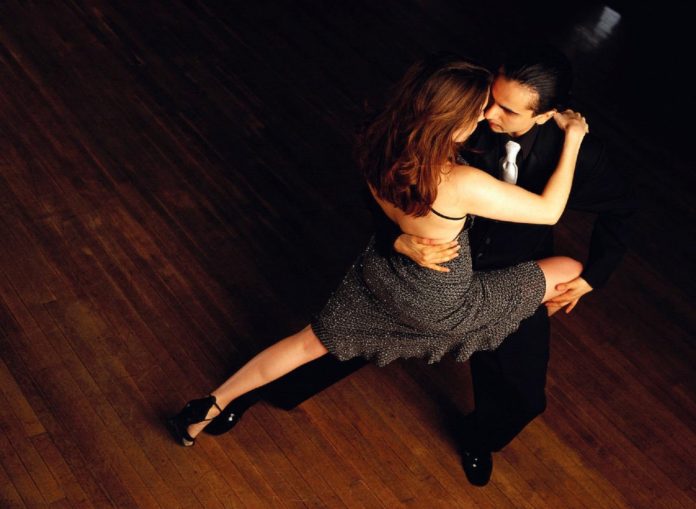
If you don’t want to spend your free time on the couch in front of the TV this winter, you want to get your mind and body moving – salsa is just the activity for you. This dance originating from the Caribbean, more specifically from Cuba, will fuel you with the energy and creativity.
Why is Salsa Good for you?
Besides triggering and releasing inner energy, salsa dancing has many health benefits. Among other things, this activity increases your body balance and improves your memory. If your goal is weight loss, salsa is almost ideal for you. This dance “burns” 5 to 10 calories per minute, or 300 to 600 calories per hour of dancing. It also tightens the body, since all the muscles of the body are active during dancing. Dancing three days a week is optimum for beginners in salsa.
In addition to physical, salsa also provides psychological benefits. Communication skills are improved because this dance is essentially communication between you and your dance partner. This increases your confidence and self-discipline. By the way, you will also be happier, because when you dance, the level of endorphins the so-called happiness hormone is increasing. Research shows that the continuous salsa dance establishes harmony between your mind and body, which gives you a sense of well-being.
The intensity of salsa varies. It may be slower and more energetic at tempo, but salsa is primarily characterized by the eroticism of the movement. Mastering salsa flows very quickly even though there is a long list of figures and dance combinations. Salsa can be played in different ways – only with a partner, in a group of several pairs or individually in a group, without requiring a large space.
History of Salsa and some Interesting things about it
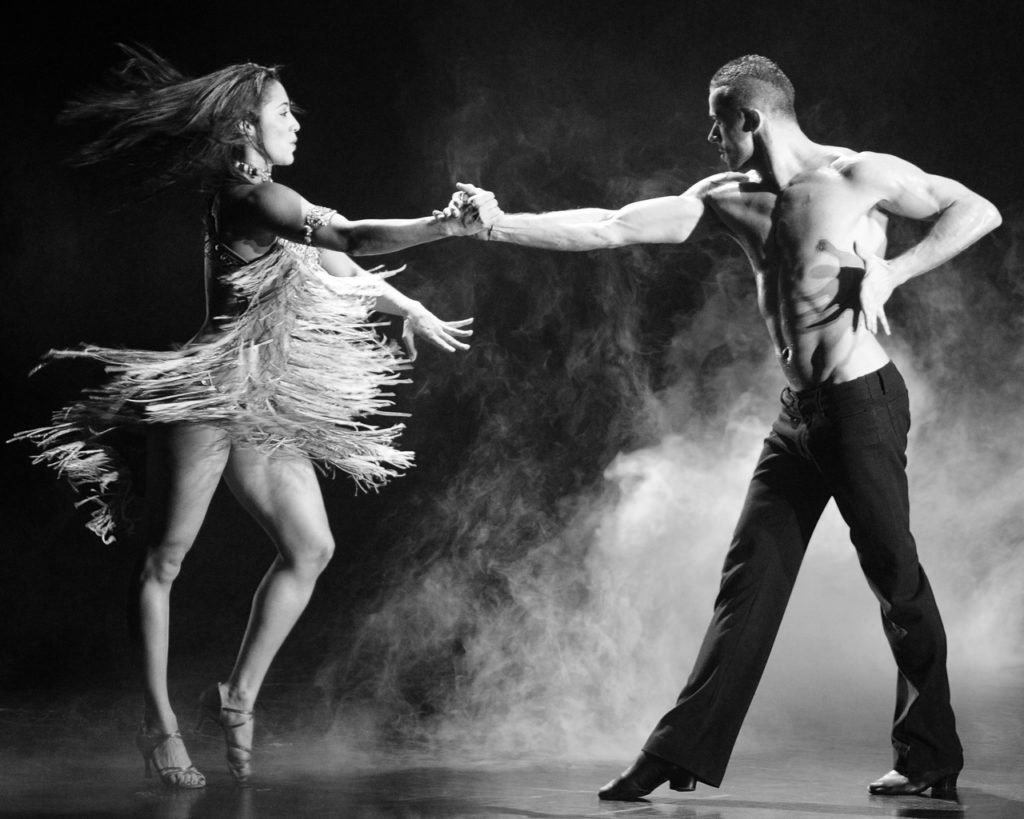
The meaning of the Spanish word “Salsa” is spicy hot sauce, spice or a taste. Today’s meaning related to music and dance originated in New York. At that time, the word used to refer to all the music and dance of Latin culture influence: rumba, merengue, son, danzon, guaracha, mambo, cha-cha, cumbia, etc.
The widespread use of the word salsa for dance and music began only after 1976 when New York’s Billboard magazine published a 24-page supplement called “The Salsa Explosion.” Then all other media started using this term. Although the Cuban composer Ignacio Pineiro wrote the song “Echale Salsita”, or “Add a little salsa” back in 1933, this word refers to dance movements and the type of music.
Also, the significant name for the development of salsa is Dominican John Pacheco, who formed his record label in 1964, with which he very successfully promoted Latin music. Other important salsa development musicians include Carlos Santana, Tito Puente, Buena Vista and many other famous and unknown.
Salsa Dance
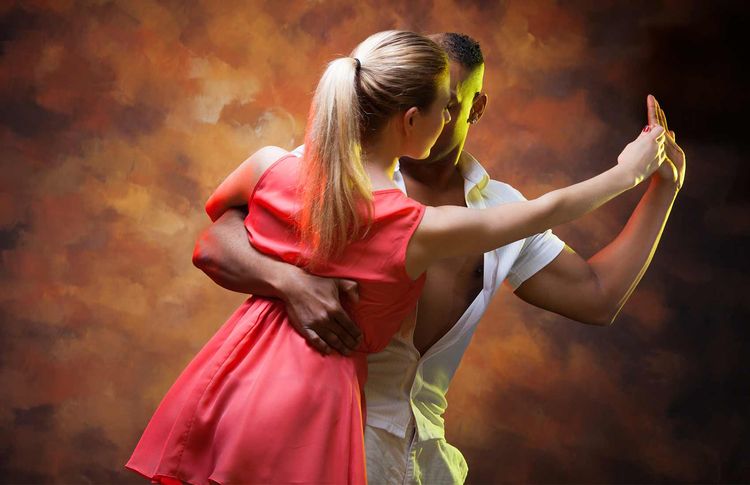
Salsa is specific because dancers do not move too much on the dance floor, that is, they do not need much space for dancing. Girls don’t have much movement – the main thing is to follow a partner. So if you decide to dance salsa, you will need a good partner – someone who you get along with well. A lot of moves and steps, dancing partners perform separately, not together, which is another thing that makes salsa specific.
Salsa can be performed in several ways. We would single out, Rwanda de Casino. That type of salsa is performed by several dancing couples that form a line or a circle, and the whole group is led by one man dictating steps. There is also salsa “Con Dos” – where one man is dancing with two girls, holding their hands. In some versions, one woman can play with two men.
Salsa for Beginners and Basic Steps
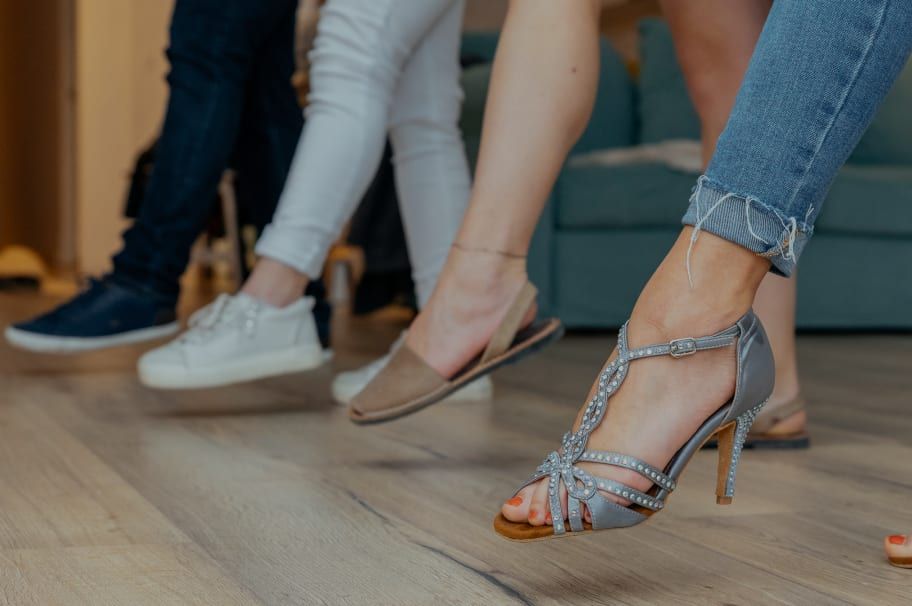
The salsa itself is simple. It has about six basic steps and leaves you with plenty of room for improvisation, which is why many people love it and learn it quickly. According to QuickSteps – to learn the basics of salsa, you do not have to chase anyone to serve you as a partner. You don’t need any experience – just goodwill and love for dancing.
You can learn and practice the initial steps by yourself. It is advisable to watch others before you go to class. If “Salsa Nights” or other similar party-events are organized in your city, that can be a good chance to have fun, go out and see what salsa dancing looks like. Once again – the basic movements are very simple. Once the basics of salsa dance are mastered, you will be able to improvise on your own.
Salsa Shoes

Salsa dancing requires primarily good footwear, especially for women. While this may seem like an irrelevant item to you, be aware that quality shoes are an indispensable item when it comes to salsa. Salsa-girls wear some kind of loungewear or sandals, with a small but stable heel.
Salsa shoes are not cheap at all. You have to spend about a hundred euros on a solid pair. If you are sending a child to salsa dance lessons or a similar dance, save a certain amount of money just for shoes, because children will quickly grow and after a just few months they will need new shoes.
Just like the ordinary shoes we wear on a daily basis, salsa shoes must be good so that your foot does not deform and that you do not get injured while dancing. Salsa shoes can also be made by some good shoemakers, although you should look for someone who has already done shoes of this type and who has experience.
Beautiful Salsa Music
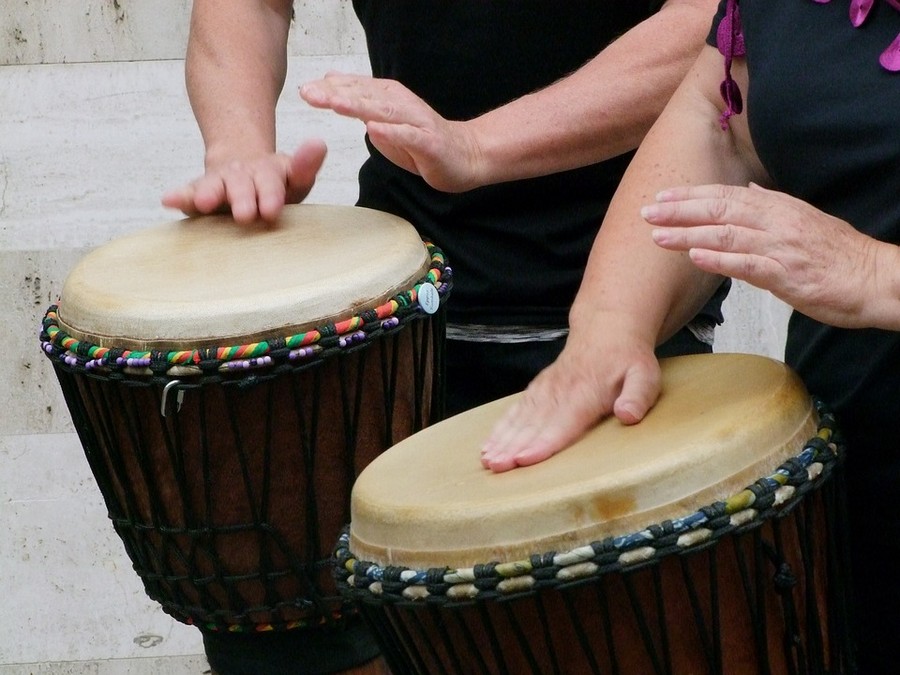
The music for salsa is dominated by percussion. The rhythm is fast and contagious. Some well-known performers who are known for performing this type of music are Buena Vista, Carlos Santana, Tito Puente and many others. Salsa originated from many Latin music forms, such as Puerto Rican Plenas, Dominican Merengue, and Colombian Cumbia, but its cornerstone is Son Cubano.
The main distinction between salsa and Cuban music is that salsa is commonly spread outside of Cuba. Although salseros can be found in most Latin American countries, it is primarily related to Puerto Rican musicians. The term “salsa” did not come into use before the 1960s. It has been applied to the music of Tito Puente and others who have played this music for at least 25 years.
















